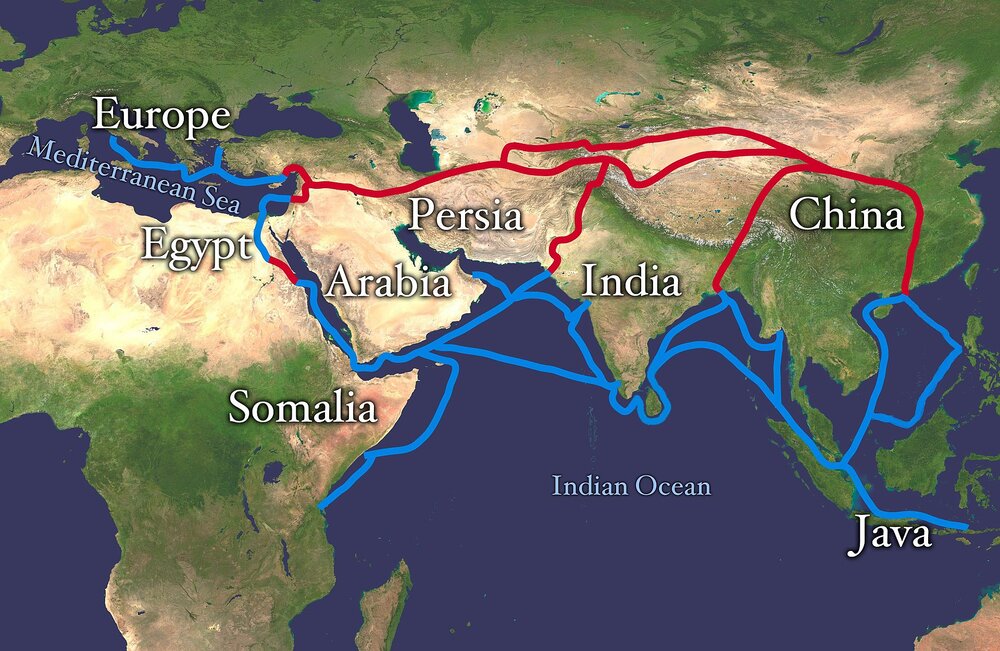TEHRAN –The Research Institute for Cultural Heritage and Tourism is scheduled to hold an academic conference on the ancient Silk Road(s) on January 31, 2023.
The conference is aimed to explore the evolution of tangible and intangible cultural heritage along the route that existed for thousands of years, passing through empires, kingdoms, and various societies.
Development phases, the coexistence of various cultures, architectural, archaeological, and ethnographic heritage, languages, and local industries are among the themes the conference seeks to address, according to organizers.
Moreover, the event will touch upon collective experiences over the protection and restoration of historical monuments, as well as new technologies adopted to identify buried ruins and relics along the Silk Road.
Earlier in November, Iran selected its Semnan province to represent the country at a union of cities across the Silk Road based on an initiative launched by China to promote tourism along the ancient route that once linked Asia to the Western world.
Silk Road connected empires, kingdoms, reigns, and societies for millennia. At certain times in its long history, traders could travel freely along these routes, whereas at others, travel was difficult or dangerous.
According to UNESCO, the Silk Road enriched the countries it passed through, transporting cultures, religions, languages, and of course material goods into societies across Europe, Asia, and Africa, and uniting them all with a common thread of cultural heritage and plural identities.
Travelers along the Silk Road were fascinated not only by trade but also by the intellectual and cultural exchange that was taking place in cities along the route, many of which developed into hubs of culture and learning. Science, arts, and literature, as well as crafts and technologies, were thus shared and disseminated into societies along the lengths of these routes, and in this way, languages, religions, and cultures developed and influenced each other.
There are over 40 countries today alongside the historic Land and Maritime Silk Road, all still bearing witness to the impact of these routes on their culture, traditions, and customs.
TAGS


No comments:
Post a Comment